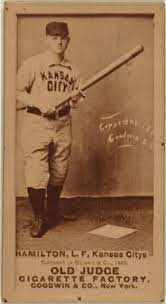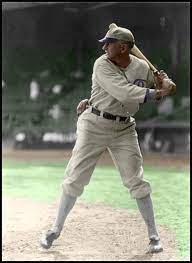If you’ve ever seen the film or read the book Moneyball, you’ll know just how important statistics are in baseball. – and more specifically, baseball batting averages.
Good knowledge of key stats (or ‘sabermetrics’ as they’re referred to in the industry) will allow you to gain a deeper all-around understanding of baseball.
The ‘Sabermetric Approach’
The story is based on the real-life journey of the Oakland Athletics in the early 2000s and their coach Billy Beane’s ‘sabermetric’ approach to recruitment.
Through detailed analysis of player statistics, Billy Beane is able to assemble a highly competitive team on a low budget which essentially changed the game and the way that teams scout players.
But, stats aren’t just for managers and coaches and you don’t have to be Billy Beane to take advantage of the numbers.
Looking past just the fundamentals of hitting, they’re incredibly useful in aiding the development of teams and players at all levels from little league right up to the MLB.
Keeping tabs on your performance statistics isn’t just a great way to improve your game – it also allows you to put your skills under a microscope and measure your progress.
One of the most crucial stats in baseball is a player’s batting average.
It’s one of the ‘big three’ statistics used in player analysis – the other’s being; runs batted in and home runs – and in this article, we’re going to take a detailed look at batting averages and how to calculate them.
Recommended Reading: Improve yours and your players batting average with discipline and practice using an easy to setup, super portable and rock-solid batting tee.
What Is A Batting Average?

Batting average (BA or AVG as it is sometimes referred to) is a classic stat in baseball and a means of measuring a player’s offensive hitting ability.
In a nutshell, batting average is a number that measures the success rate of a hitter at the plate.
This number falls somewhere between 0 or .000 and 1 or 1.000.
This number allows us to track a player’s batting average over the course of any given number of games providing us with a clear picture of how, on average, an individual performs throughout a tournament, a season or even their whole career.
As it’s one of the oldest measurements in baseball, there are a few issues when compared to more detailed and modern sabermetrics – the main issues being that BA doesn’t take into account walks.
However, for a solid overview of hitting prowess, it’s still a useful tool.
How To Calculate Your Batting Average

Calculating batting averages is fairly straightforward and we can work it out using a very simple piece of mathematics.
By dividing the player’s hits by the total number of at-bats, we can deduce the batting average.
So, the first thing that you’ll need to know is the number of hits and only hits.
These include singles, doubles, triples, and of course, home runs but you mustn’t include walks or hit-by-pitches as these aren’t necessarily offensive plays.
Secondly, you’ll need to know the player’s total number of at-bats or attempts to hit the ball.
This one’s fairly easy to find but again only include actual attempted hits and nothing else.
Now that you’ve got your key figures at hand you’re ready to work out your batting average.
To do so, simply divide the number of hits by the number of at-bats and you’ve got your BA. Let’s take a look at an example.
If over any period of time, a player had made 60 hits off 200 at-bats, we could work out his or her batting average by doing the following sum: 60 ÷ 200 = 0.300.
From this number, we can then safely say that on average, this particular player would make 30 hits from 100 at-bats.
What is considered a good batting average?
This is an important question and it’s relative to the level that you’re playing it.
For example, with younger age groups a more advanced hitter at his or her level could have an exceedingly good batting average because they have developed beyond the standard level of hitting for their age group.
However, for professionals, the standard BA is around .250. In Major League Baseball, the batting average for the 2020 season across all players was .245 so we could expect the average professional to make 245 hits from 1000 at-bats.
Anybody hitting an average of .275 should be considered good and .300 and above is the mark of a top-quality player.
Anything beyond that over the course of a season would put a player in the upper echelons of baseball folklore.
Baseball Batting Average Leaders: Top 10

Throughout baseball history, there have been thousands of great hitters but not many who can perform with a bat at their best, as consistently as the players on this list.
Let’s take a look at the top 10 leaderboards for batting average. Interestingly, eight of the ten players are left-handed hitters. Coincidence? We’ll leave that up to you to decide…
Ty Cobb – 0.3662
The Detroit Tigers legend has the highest batting average of all time.
Not surprisingly, he made the MLB All-century team. Cobb is highly decorated and won plenty of awards throughout his career including the Triple Crown, the AL MVP, AL home run leader.
He was also crowned AL batting champion a whopping twelve times.
Cobb also took a short break from baseball to serve in the First World War.
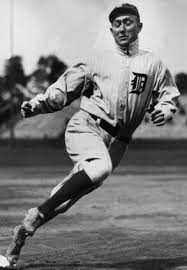
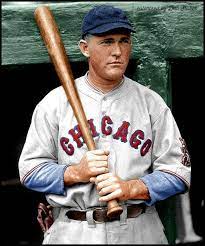
Rogers Hornsby – 0.3585
Hornsby was somewhat of a journeyman having played for six different teams throughout his career.
He started his playing days at the St. Louis Cardinals and retired at the St. Louis Browns with stints at the New York Giants, the Boston Braves and the Chicago Cubs in between.
Hornsby was inducted into the National Baseball Hall of Fame in 1942.
Shoeless Joe Jackson – 0.3558
“Shoeless” Joe Jackson came to fame in the early 1900’s and played for teams such as the Philadelphia Athletics, Cleveland Naps and Chicago White Sox.
His nickname “shoeless” came during a amateur game he played in Greenville, South Carolina in his younger years.
The story goes that during the game, joe developed painful blisters on his feet forcing him to remove his shoes before going in to bat and the nickname stuck.
Jackson was part of the White Sox side that won the 1917 World Series.
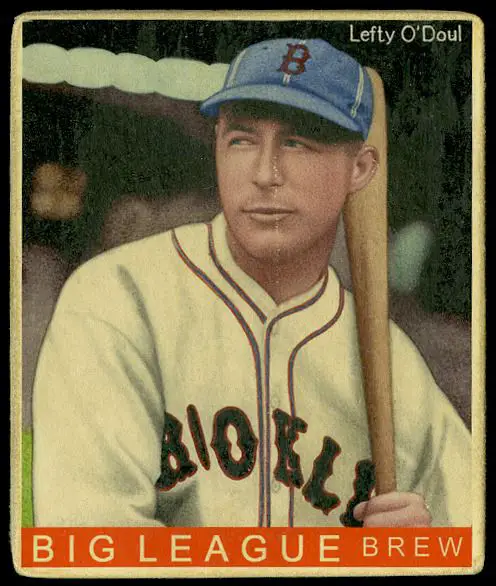
Lefty O’Doul – 0.3493
During the early 1930’s, Lefty O’Doul made his name as one of the very best hitters around.
He was crowned NL batting champion twice in 1929 and 1932 but his biggest achievements came in 1933 when he was named in the All-Star team as well as winning the World Series with the New York Giants.
O’Doul was a key figure in developing baseball in Japan and he even chose the name for the Tokyo Giants as a nod to his former employers in New York.
Ed Delahanty – 0.3493
“Big Ed” as he was commonly known was inducted into the National Baseball Hall of Fame in 1945 and has four brothers who also played in the big leagues.
With over 100 home runs spread across sixteen seasons, Delahanty is considered as one of the best players of his generation.
He died at just 35 years old in 1903 when he fell over Niagra Falls.
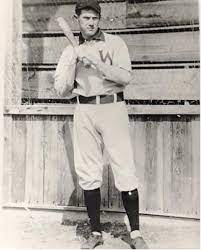
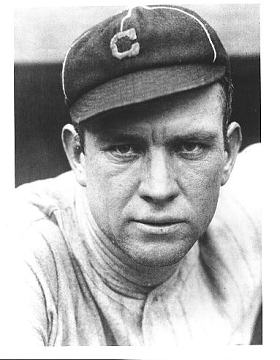
Tris Speaker – 0.3447
Widely regarded as one of the greatest players to ever grace a baseball field, Tris Speaker, or “The Gray Eagle” has a phenomenal legacy. He won three World Series titles and holds MLB records for the most career doubles (792) and career outfield assists (449). Interestingly, Speaker wasn’t a natural leftie – a fall from a horse in his childhood years caused him to break his right arm encouraging him to use his left hand prominently.
Billy Hamilton – 0.3444
Billy Hamilton was born in 1866 and shouldn’t be confused with former Cincinnati Reds center fielder and current free agent.
In a career spanning thirteen years, Hamitlon lit up the plate for the Kansas City Cowboys, Philadelphia Phillies and Boston Beaneaters and was crowned two-time NL batting champion.
